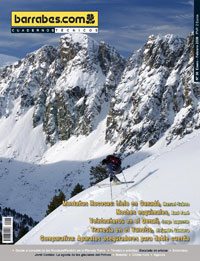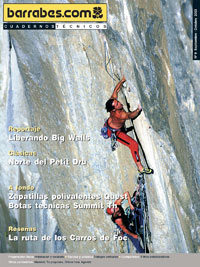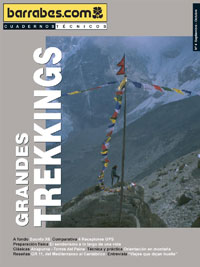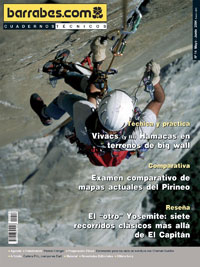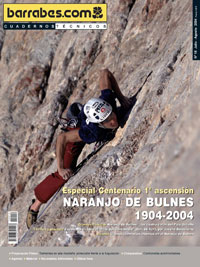How to Wash Gore-Tex Garments
It can be stressful to clean your technical outdoor clothing in the washing machine, but if you read this article you will get some tips on how to clean a Gore-Tex garment correctly, to ensure its maximum performance and durability.






































































